How do you like your food?
How do you like your steak? These 12 doneness levels are worth knowing
Published on October 16, 2025
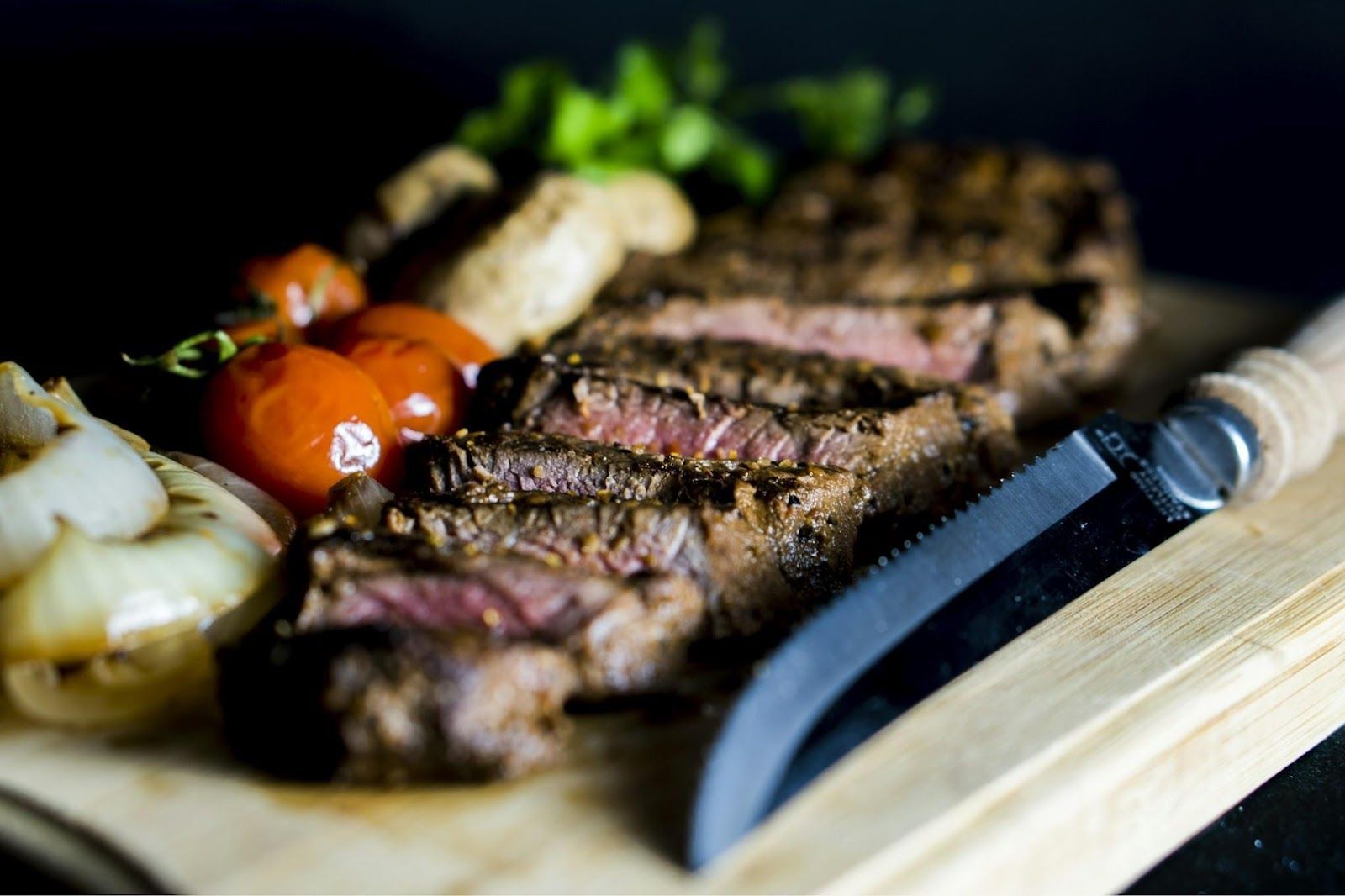 Credit: amirali mirhashemian
Credit: amirali mirhashemian
Taste is subjective; what seems overcooked to some may be perfect to others. What is too salty for one person might be too bland for someone else. Fortunately, over time, certain terms have been widely agreed upon to describe and distinguish the different stages of the cooking process and the varying degrees of seasoning typically used. Everyone knows what "well done" and "rare" mean, but many other words can describe how we want our food, often with great precision. Do you use any of these?
Extra-rare, or blue
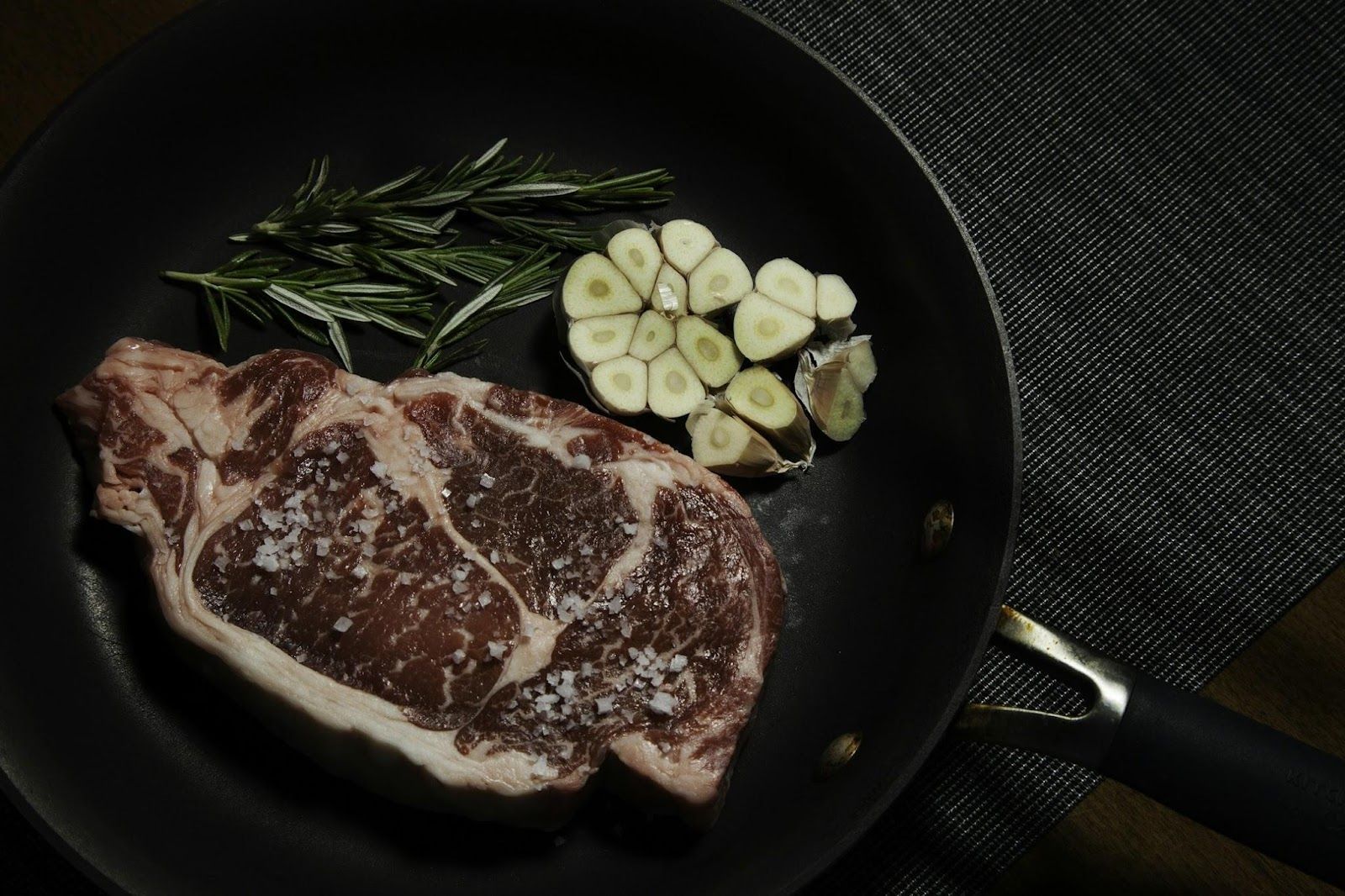 Credit: Nanxi wei
Credit: Nanxi wei
If "rare" is still too cooked for your taste, then "extra-rare" or "blue" describes the doneness level you're looking for in a piece of red meat.
This is a steak that is lightly seared on the outside but remains red and cool on the inside. To achieve this, a blue steak is cooked for a very short period of time, just enough to brown the surface. The result is a steak that is soft and tender, perfect for those who love a melt-in-your-mouth texture.
Rare
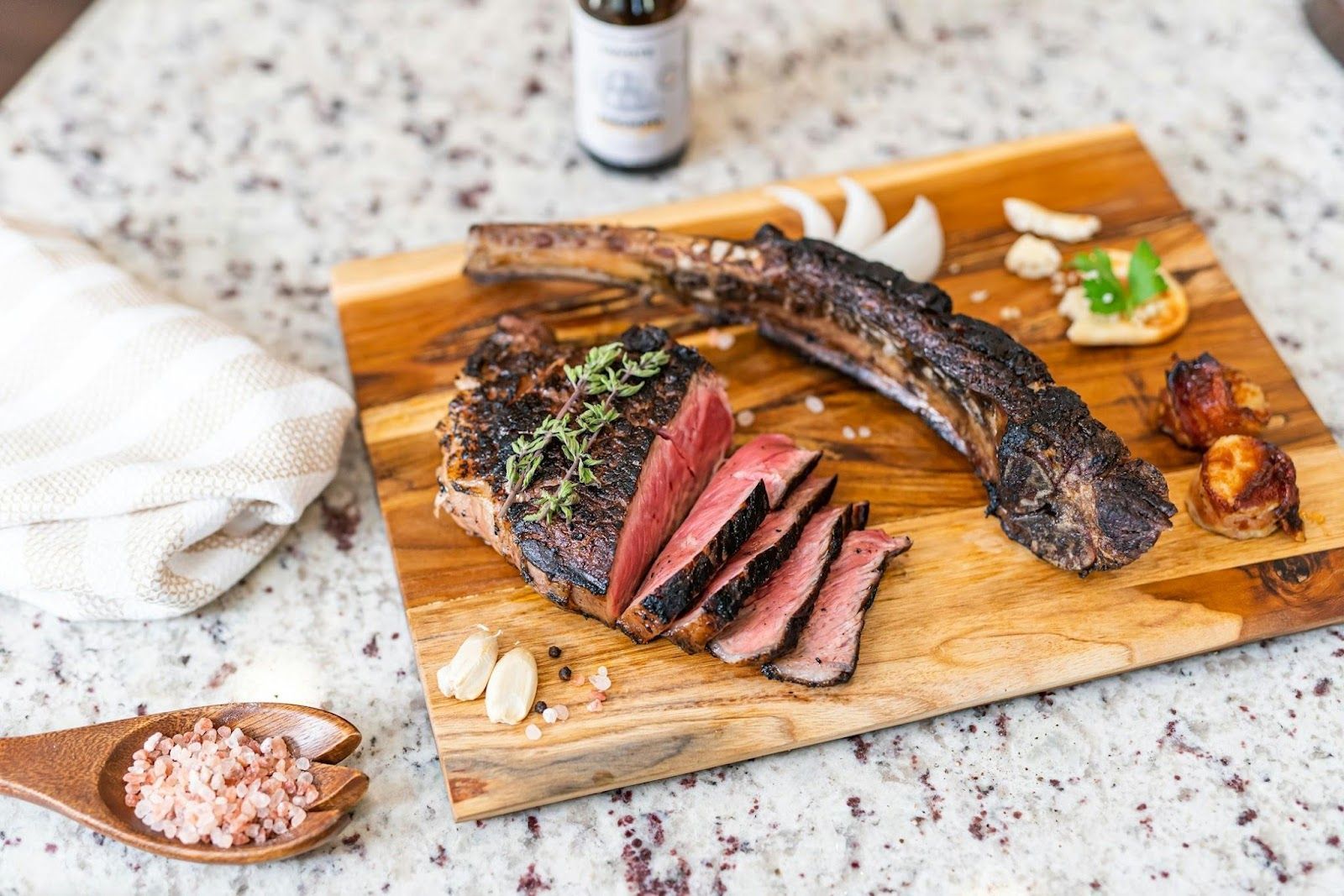 Credit: Hybrid Storytellers
Credit: Hybrid Storytellers
One of the two most well-known terms for doneness, "rare" describes a steak that is browned on the outside but remains very soft and red on the inside. The center is warm, though not hot to the tongue, typically cooked to an internal temperature of about 120–125°F.
Medium rare
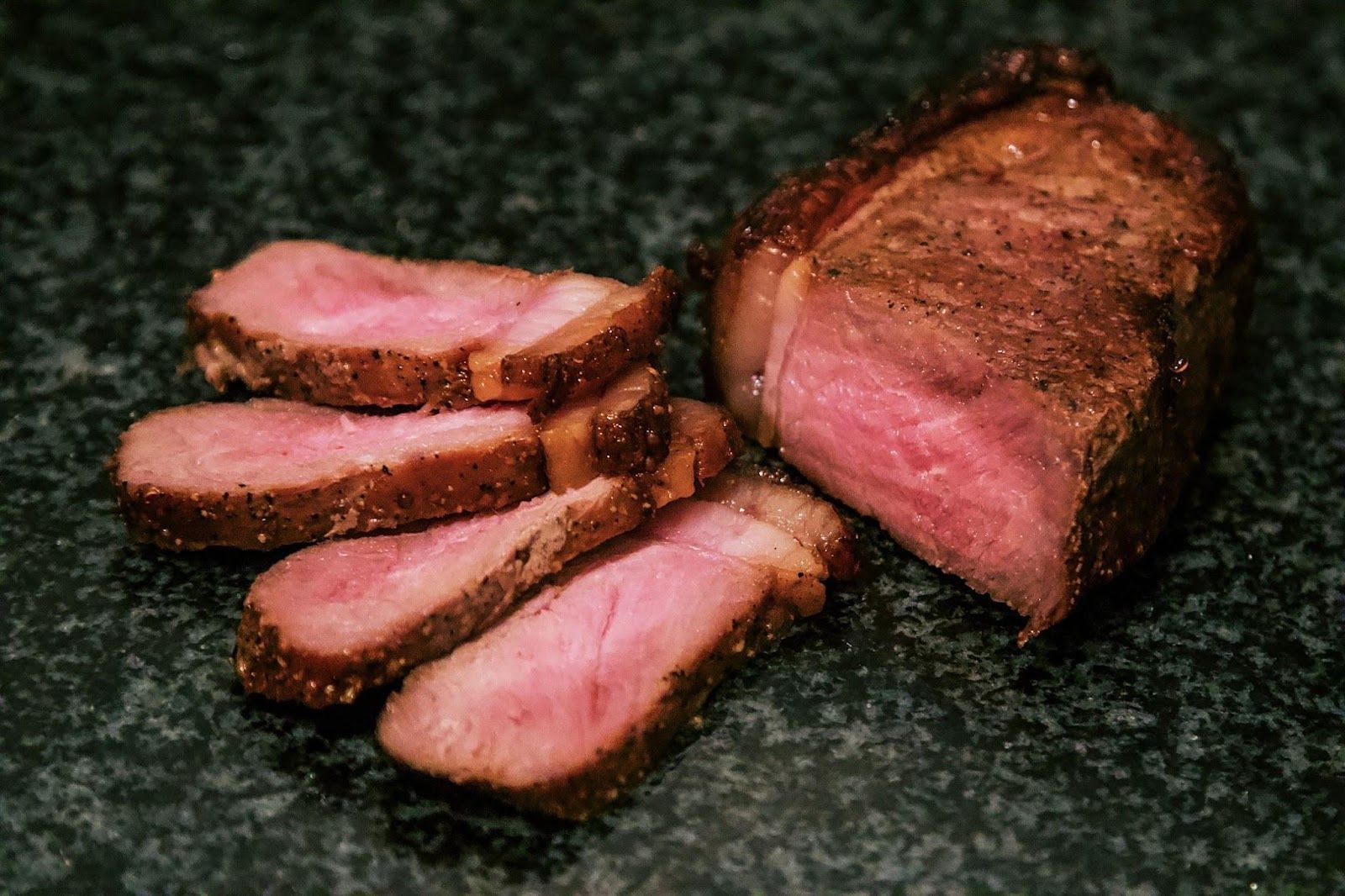 Credit: Stu Moffat
Credit: Stu Moffat
What if you don’t want your steak to be too juicy, but not dry either? Then you ask for it "medium rare." This steak is firm and browned on the outside, but still very tender in the center, with a warm red middle and a slight pink ring around the edge. This is considered by many chefs as the ideal doneness for flavor and texture balance.
Medium
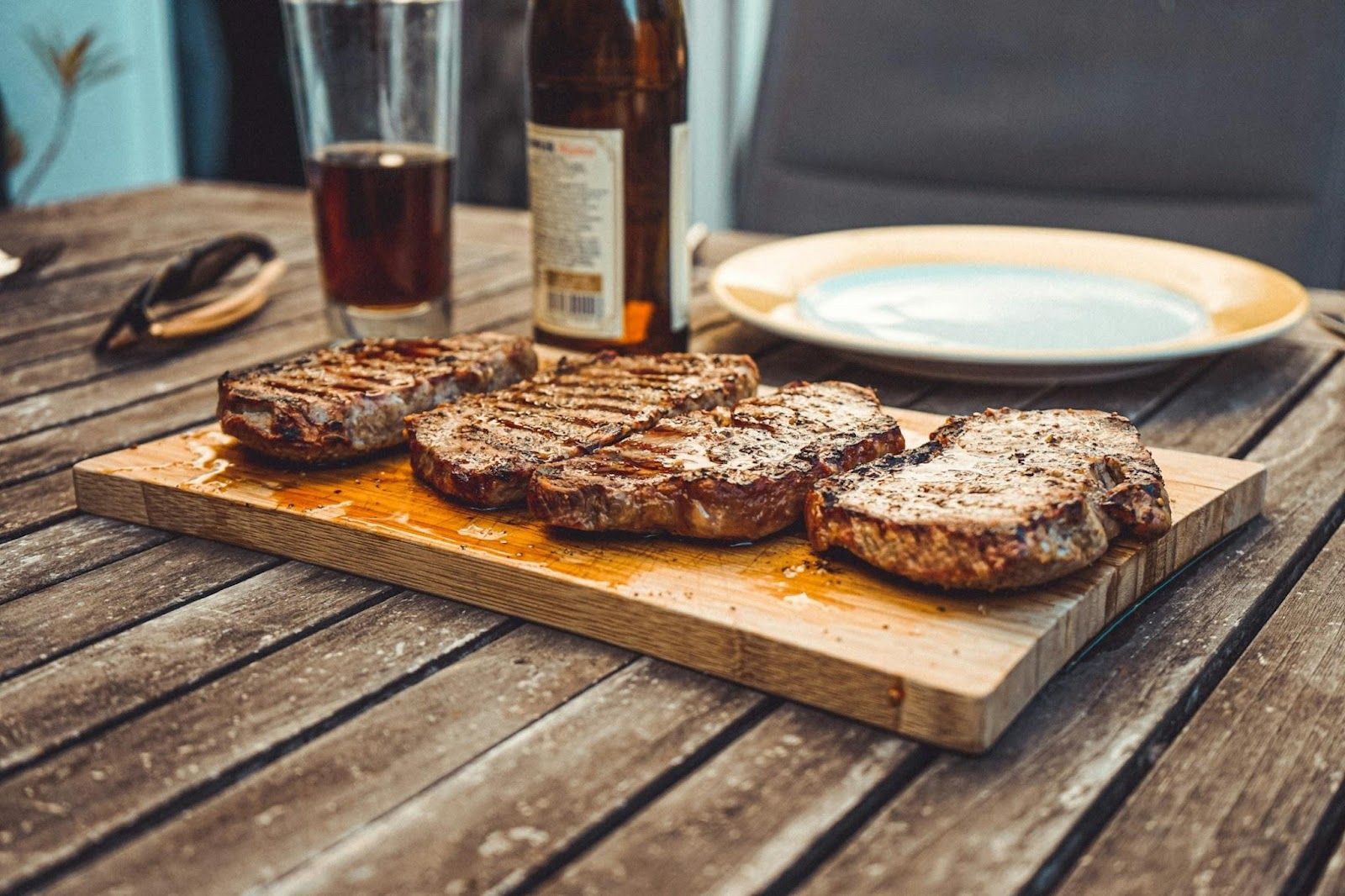 Credit: Tim Rüßmann
Credit: Tim Rüßmann
Pink but not too juicy. That is a good, short definition of a "medium" cooking point. This steak has a small ring of gray-brown on the outside and a warm pink center, with only a hint of red. For cuts with more marbling, this is the point where the fat begins to melt, enhancing flavor and tenderness.
Medium well
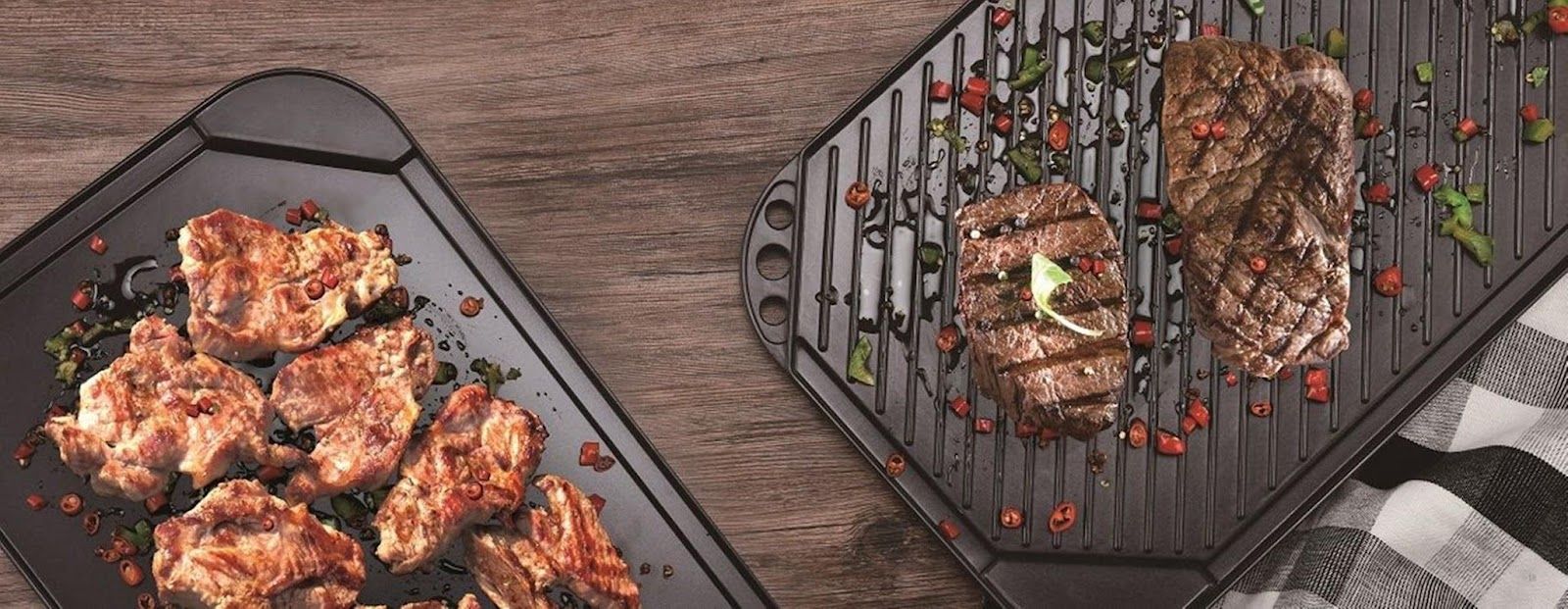 Credit: Cooker King
Credit: Cooker King
A bit more cooked than "medium," "medium well" is the point at which a steak starts to become noticeably firm. The meat is mostly gray-brown throughout, with only a slight hint of pink remaining in the center.
Well done
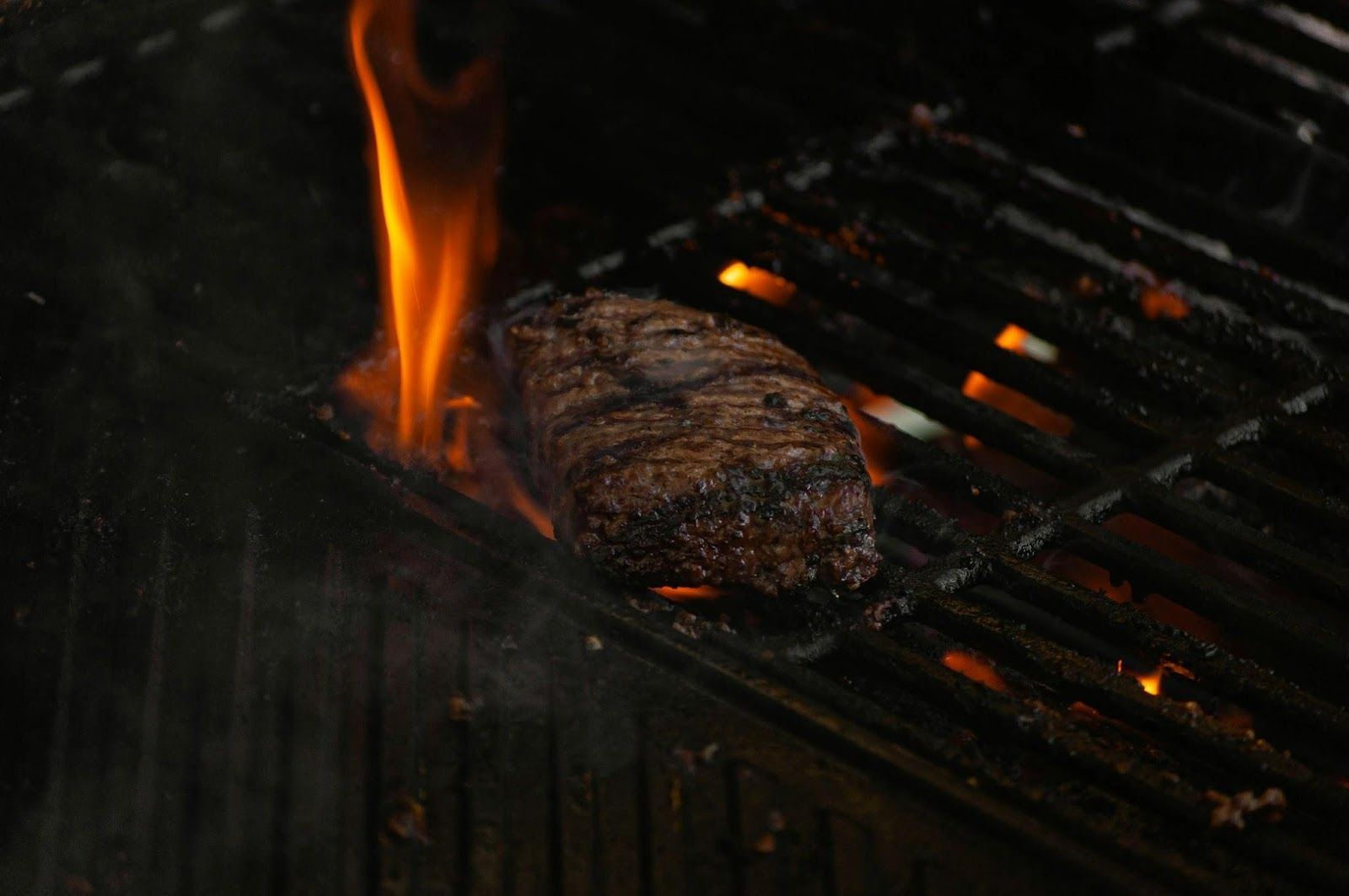 Credit: Tiitus Saaristo
Credit: Tiitus Saaristo
You know this one. "Well done" is the most thoroughly cooked level of doneness on the menu. The steak is uniformly brown or gray throughout, with no trace of pink in the center. It’s typically quite firm and can be tough to chew, though it can still be flavorful, especially with the right cut and seasoning.
Overcooked, or burned
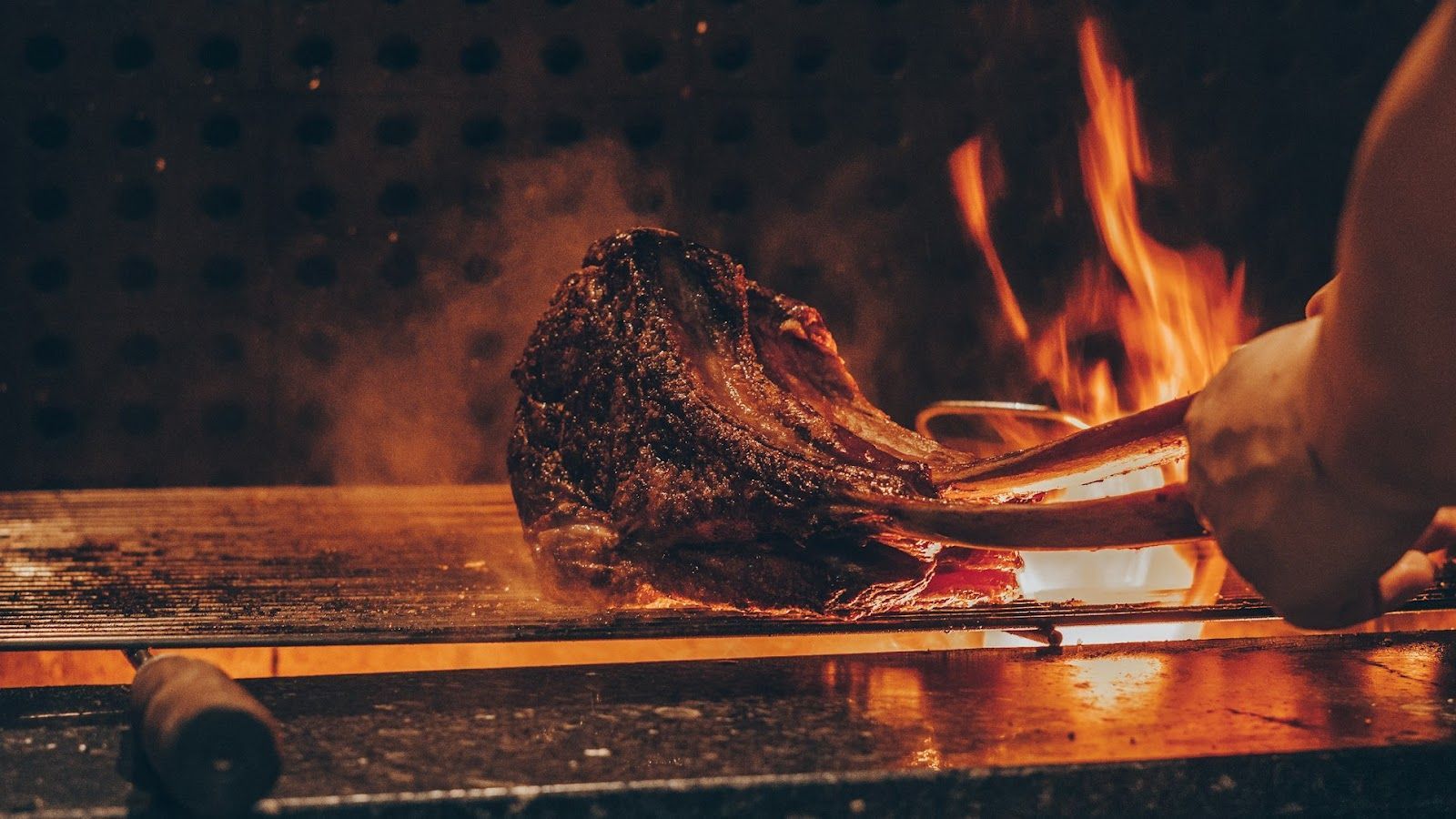 Credit: Emerson Vieira
Credit: Emerson Vieira
Most people consider this level of doneness flavorless, dry, and tough to chew, but some genuinely enjoy it. An overcooked steak is usually solid light gray throughout, with a heavily charred exterior that can add a distinctive, smoky flavor.
Al dente
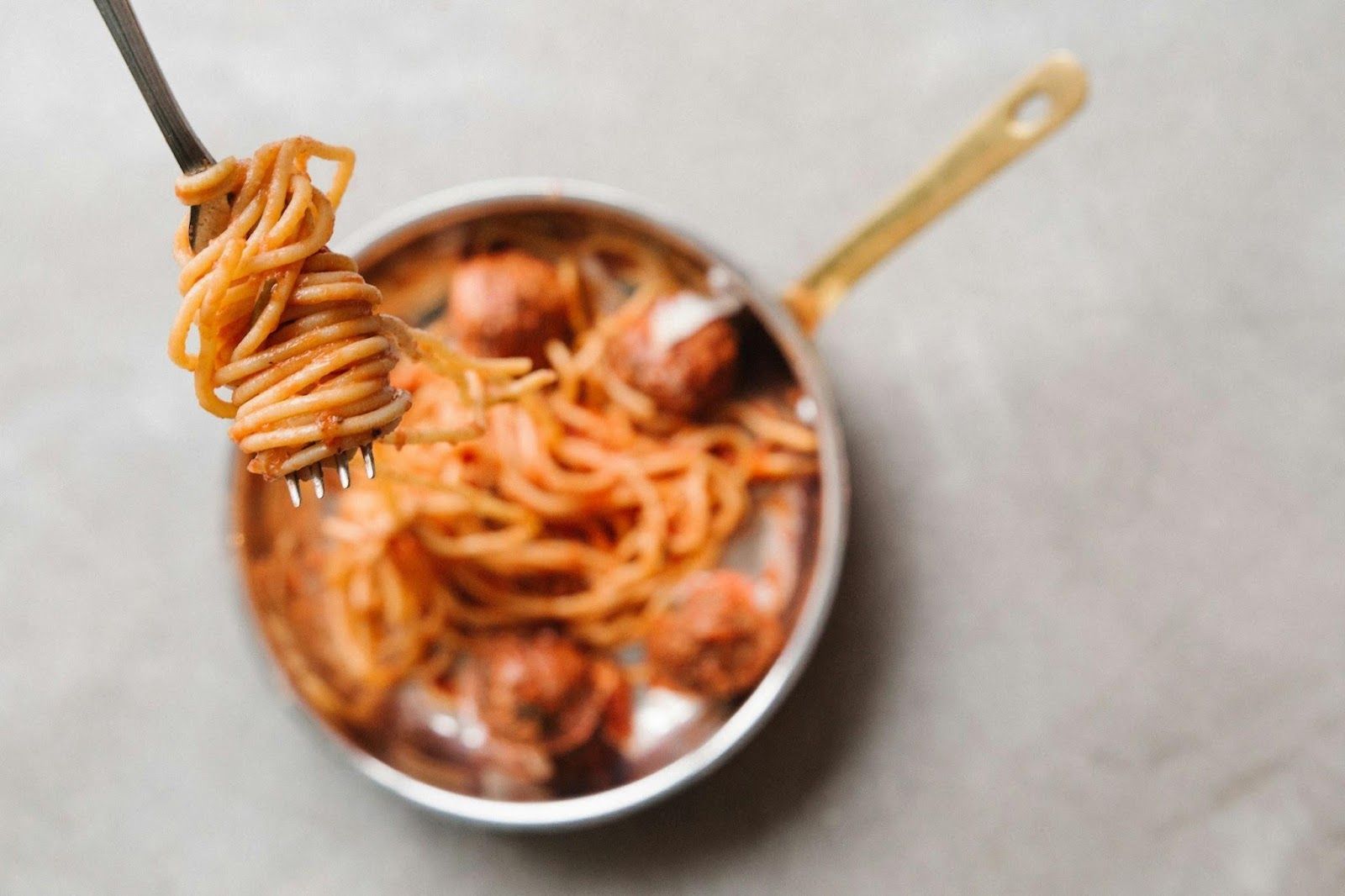 Credit: Klara Kulikova
Credit: Klara Kulikova
Moving on from meat doneness, you’ve probably heard this one. Al dente is an Italian expression meaning "to the tooth," used to describe pasta that is cooked just enough to remain firm to the bite.
In contemporary Italian cooking, it’s considered the ideal texture for pasta and is achieved with a relatively short cooking time.
Medium boiled
 Credit: Krisztina Papp
Credit: Krisztina Papp
Sometimes you don’t want your egg soft-boiled, but you don’t want it hard-boiled either. A medium-boiled egg offers the perfect middle ground. At this stage, the white is fully set, while the yolk remains jammy, thick and creamy, but not runny.
Tender crisp
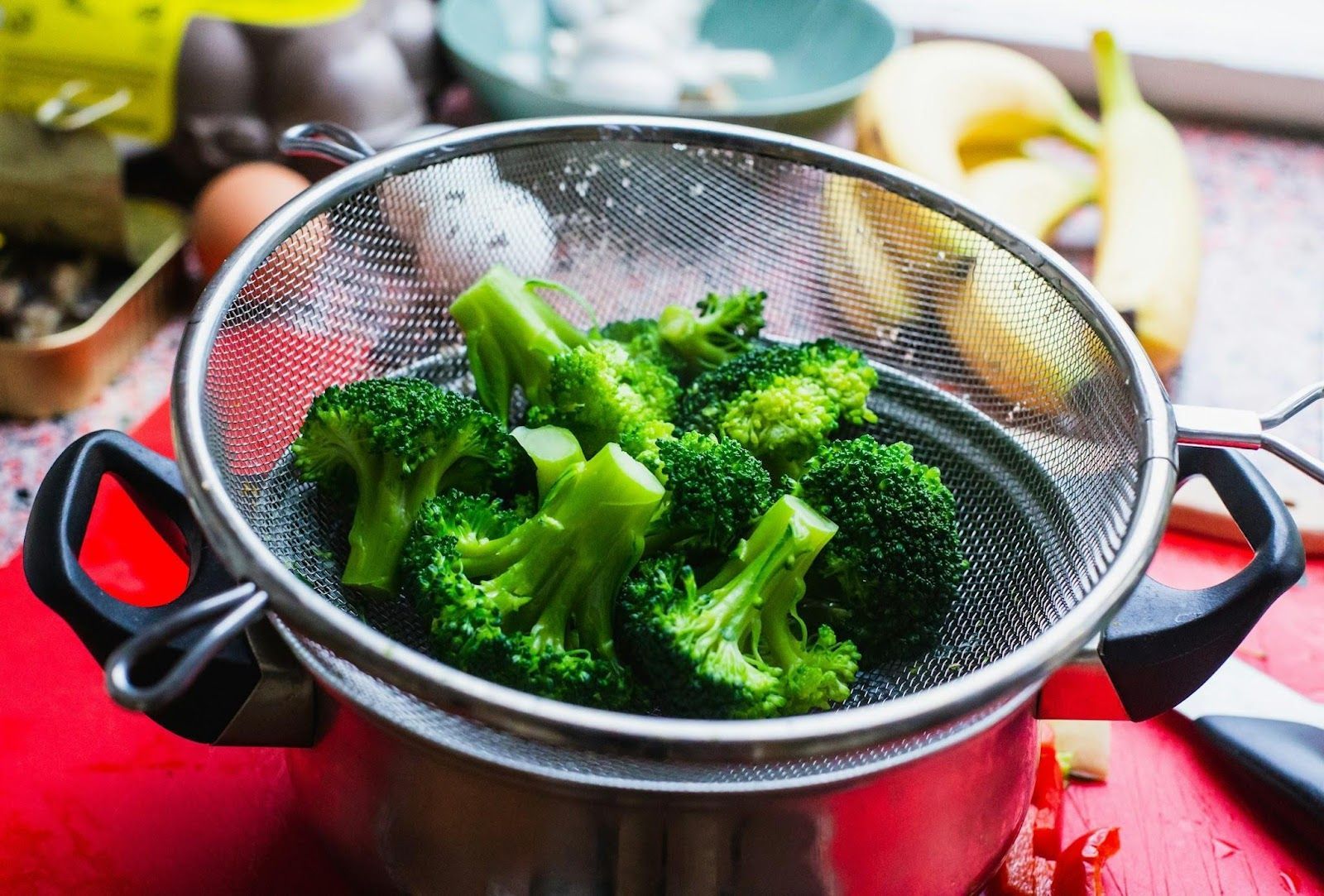 Credit: Louis Hansel
Credit: Louis Hansel
How do you like your broccoli? Cooked but not overdone or soft, right? The correct term to describe this cooking point is "tender crisp." Broccoli or asparagus prepared this way is cooked until tender while still retaining a slight crispness.
Flaky
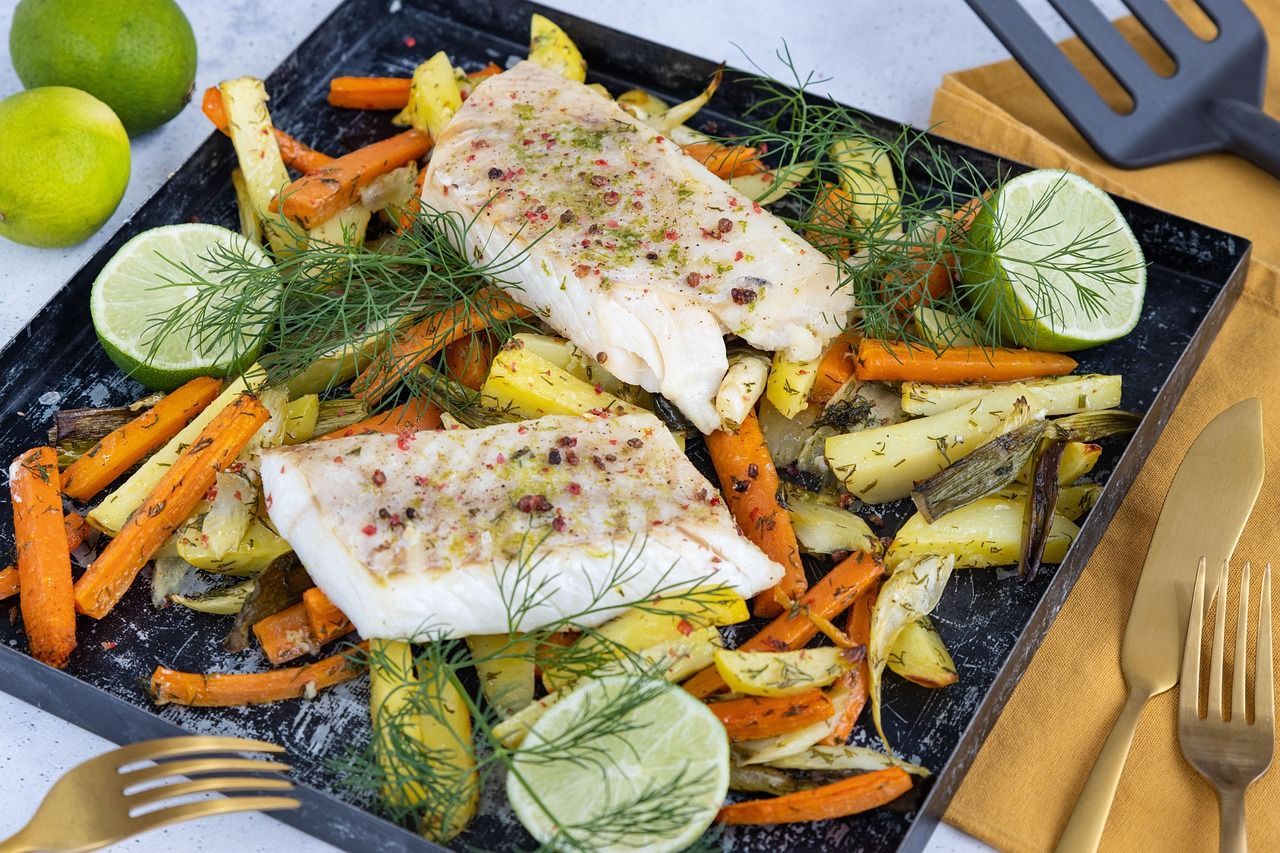 Credit: eatde
Credit: eatde
When fully cooked, the meat of a fish should easily separate into flakes. A "flaky" fish is well-done, tender, and moist.
Seared
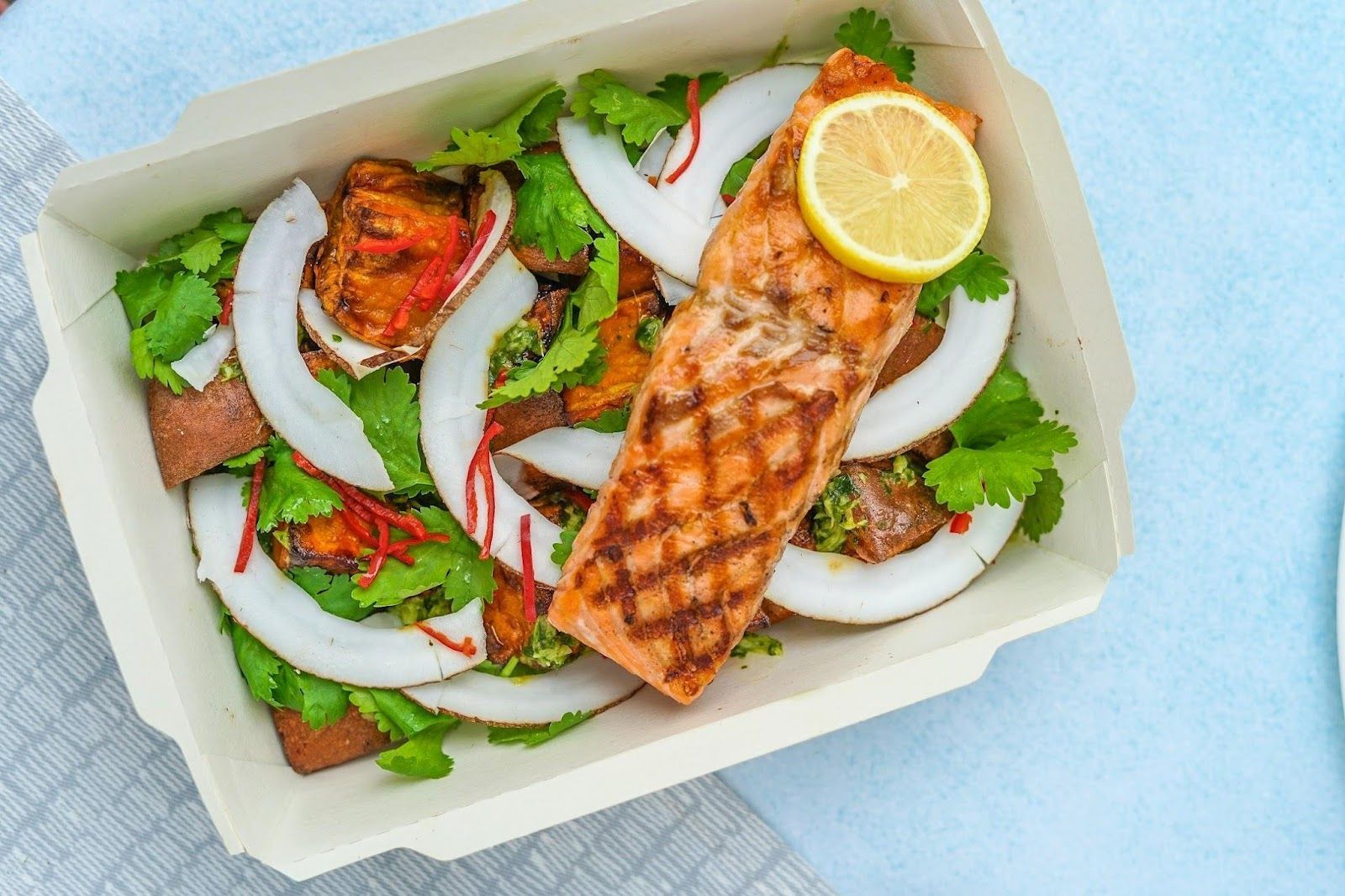 Credit: Toa Heftiba
Credit: Toa Heftiba
A "seared" fish is cooked quickly over high heat—usually in a pan—to create a browned crust while keeping the interior less cooked. This technique is often used for tuna or salmon.












